I continue telling you about my experiences in the Catalan capital, the Ciudad Condal as its inhabitants proudly call it, implicitly referring to its feudal and stately origins. The city where the largest number of counts (and counties obviously) of all Spain was located. Not even Madrid had so many, according to the Catalans.
The first day we had spent visiting the historic center of the city, from Plaza Cataluña to Paseo de la Gracia, as beautiful as its products are expensive.
We were able to see the Christopher Columbus Monument, the Cases Rocamora and numerous works of the architectural emblem of the city, Antoni Gaudí.
We continued on our way and sooner or later we had to find La Sagrada Familia, the eternal cathedral still unfinished.
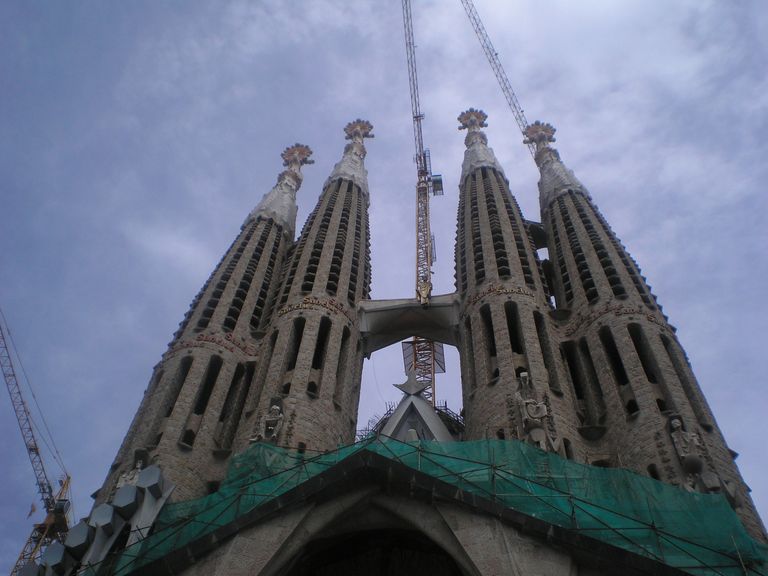
Sigo contándoles mis experiencias en la capital catalana, la Ciudad Condal como la llaman orgullosamente sus habitantes haciéndo implícitamente referencia al origen señorial y feudal de la misma. La ciudad donde estaba radicada la mayor cantidad de condes (y condados obviamente) de toda España. Ni siquiera Madrid, tenía tantos aseguran los catalanes.
El primer día de paseo lo habíamos dedicado a visitar el centro histórico de la ciudad, desde Plaza Cataluña hasta el Paseo de la Gracia, tan hermoso como caros son sus productos.
Pudimos observar el Monumento a Cristóbal Colón, las Cases Rocamora y numerosas obras del emblema arquitectónico de la ciudad, Antoni Gaudí.
Seguimos nuestro camino y tarde o temprano teníamos que encontrar La Sagrada Familia, la eterna catedral aún sin terminar.
Hablar de este monumento histórica en Barcelona es como referirse al Duomo en Milán, al Coliseo en Roma, a la Torre Eiffel en París, a la Puerta de Brandeburgo en Alemania por citar solo algunos de los lugares que conozco. En el mundo por supuesto hay muchísimos más.
Emblemáticos, llenos de historia hablan por si solos de la ciudad que representan.
The Sagrada Familia, more than a monument, a Catalan emblem. / La Sagrada Famalia, más que un monumento, un emblema catalán.
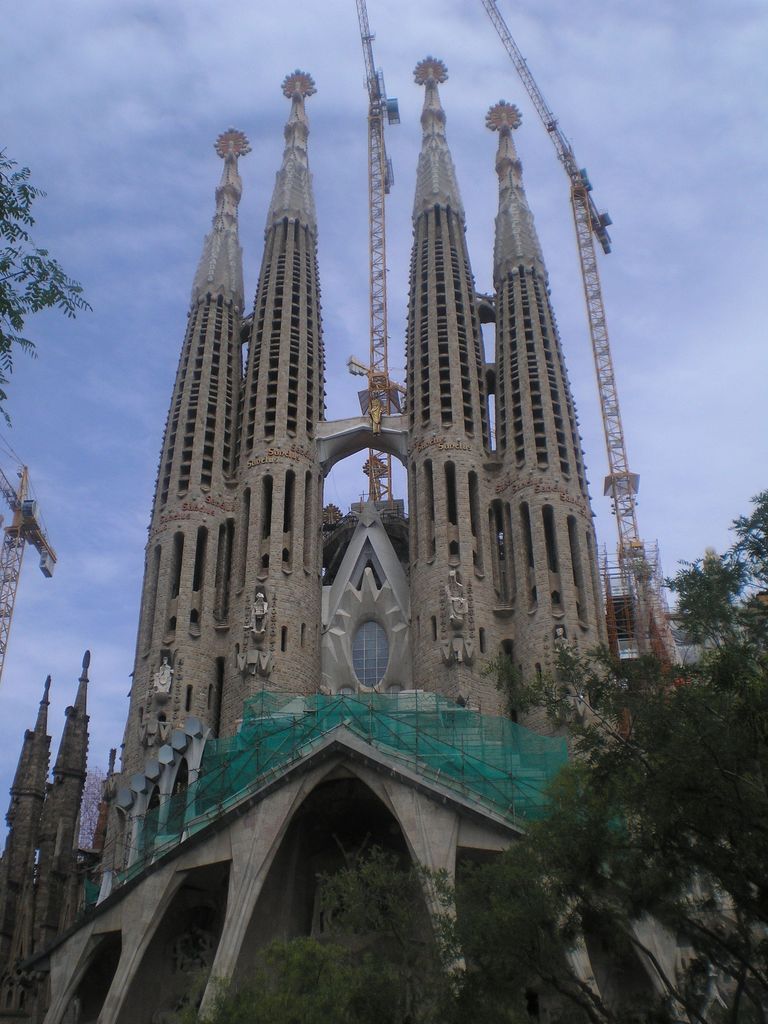
This impressive basilica was begun in 1882 and is still under construction today. Its author Antoni Gaudí died in 1928 and the project followed its original line although with intervals of time due to the complexity of its construction.
One example is enough to calculate the grandeur of its architecture: when the Sagrada Familia is finished, it will have 18 towers.
The originality of the form of the Sagrada Familia is the way in which Gaudí proposed an innovation in the design, starting with very high circular conical towers that protrude above the struts, tapering with the height as if trying to reach the sky.
Esta impresionante basílica se comenzó a construir en el año 1882 y aún hoy sigue su construcción. Su autor Antoni Gaudí murió en 1928 y el proyecto siguió su línea original aunque con intervalos de tiempo debido a la complejidad de su construcción.
Basta un ejemplo para calcular la grandiosidad de su arquitectura: cuando esté terminada la Sagrada Familia, tendrá 18 torres.
Lo original de la forma de La sagrada Familia es la forma en la que Gaudí planteó una innovación en el diseño, partiendo de torres cónicas circulares muy elevadas que van sobresaliendo por sobre los puntales estrechándose con la altura como queriendo alcanzar el cielo.
Casa Mila, also called La Pedrera. / Casa Milá, llamada también La Pedrera.
It is another of the many works of Antoni Gaudí, located in the Paseo de la Gracia, considered one of the jewels of modernism along with its similar Casa Batlló and Casa Ametller that are within walking distance of it.
It was built in the early twentieth century and corresponds to the artistic development of the Catalan architect known as naturalism, where his works expressed the closest that could be a contact with nature.
It is one of the ten most visited monuments in Barcelona.
Es otra de las tantas obras de Antoni Gaudí, ubicado en pleno Paseo de la Gracia, considerada una de las joyas del modernismo junto a sus similares Casa Batlló y la Casa Ametller que se encuentran a poca distancia de la misma.
Fue construída a inicios del siglo XX y corresponde al desarrollo artístico del arquitecto catalán conocido como naturalismo, donde sus obras expresaban lo más cercano que podía ser un contacto con la naturaleza.
Es uno de los diez monumentos más visitados de Barcelona.
Casa Batlló, the dragon of Antoni Gaudí. / Casa Batlló, el dragón de Antoni Gaudí.
The facade of Casa Batlló resembles the skeleton of a dragon and is one of those places that are visited only a few times in life, especially because of the discontinuous frequency with which it opens its doors.
It is actually one of Gaudí's works in which the great Catalan architect did not start from scratch but from an existing building. In fact it is a remodeling of an old building that already existed at number 43 of Paseo de Gracia.
The building was built towards the end of the 18th century and a few years later was acquired by a rich industrialist of noble lineage named Josep Batlló, hence its name.
Art critics consider this work to be a reflection of Gaudí's artistic plenitude, where he reached his greatest maturity.
La fachada de Casa Batlló se asemeja al esqueleto de un dragón y es uno de esos sitios que se visitan en contadas ocasiones en la vida, especialmente por la frecuencia discontinua con la que abre sus puertas.
En realidad se trata de una de obras de Gaudí en las que el gran arquitecto catalón no partió desde cero sino desde una construcción ya existente. En efecto se trata de una remodelación de un viejo edificio que ya existía en en el número 43 del Paseo de Gracia.
El edficio fue construído hacia fines del siglo XVIII y poco años más tarde fue adquirido por un rico industrial de noble linaje llamado Josep Batlló , de ahí su nombre.
Los críticos de arte consideran que esta obra es un reflejo de la plenitud artística de Gaudí donde alcanza su mayor madurez.
Park Güell: Gaudí's talent and modernist vision at the service of recreation / Parque Güell: el talento y la visión modernista de Gaudí al servicio de la recreación.
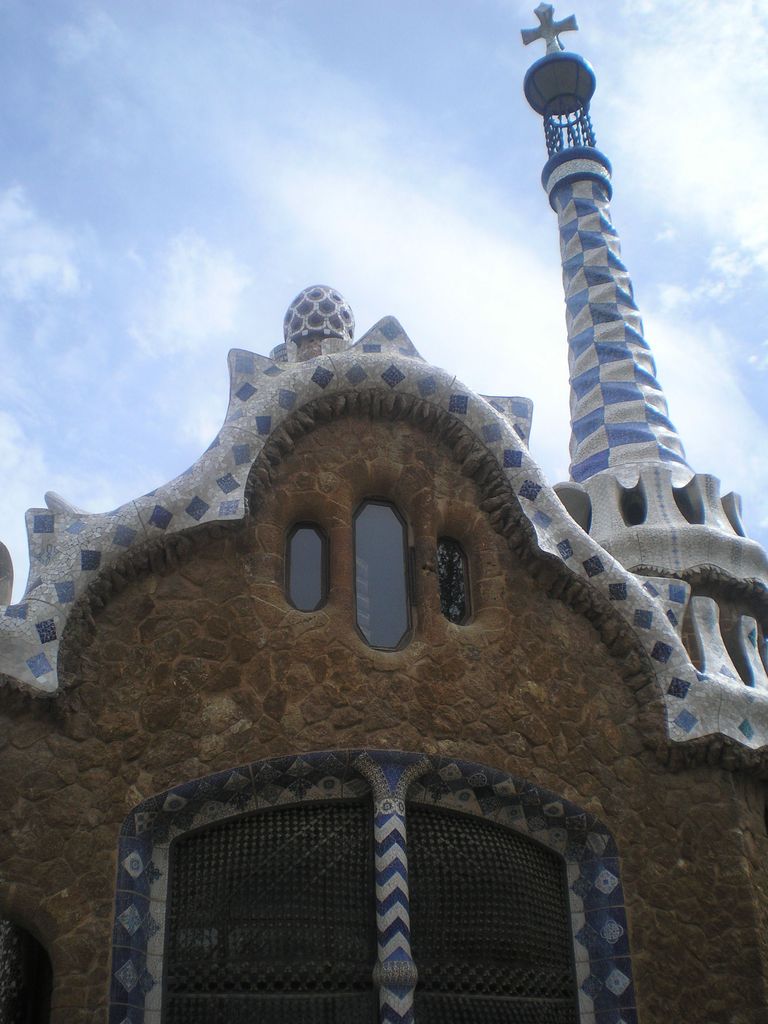
This emblematic recreational park in Barcelona, symbol of the Catalan city, has more than 100 years of history.
With fountains, gardens, curves and colors in the best Gaudí style, Park Güell is a magical and peculiar place.
It is located in the foothills of the Collserola mountain range, in the upper part of Barcelona.
It owes its name to the businessman Eusebi Güell who commissioned the work to Antoni Gaudí.
It is difficult to find an identifying element in the park. Gaudi made use of his fantasy that represented a complex iconography applied to the urban planning project, where elements ranging from religious to political, mythology and history are mixed.
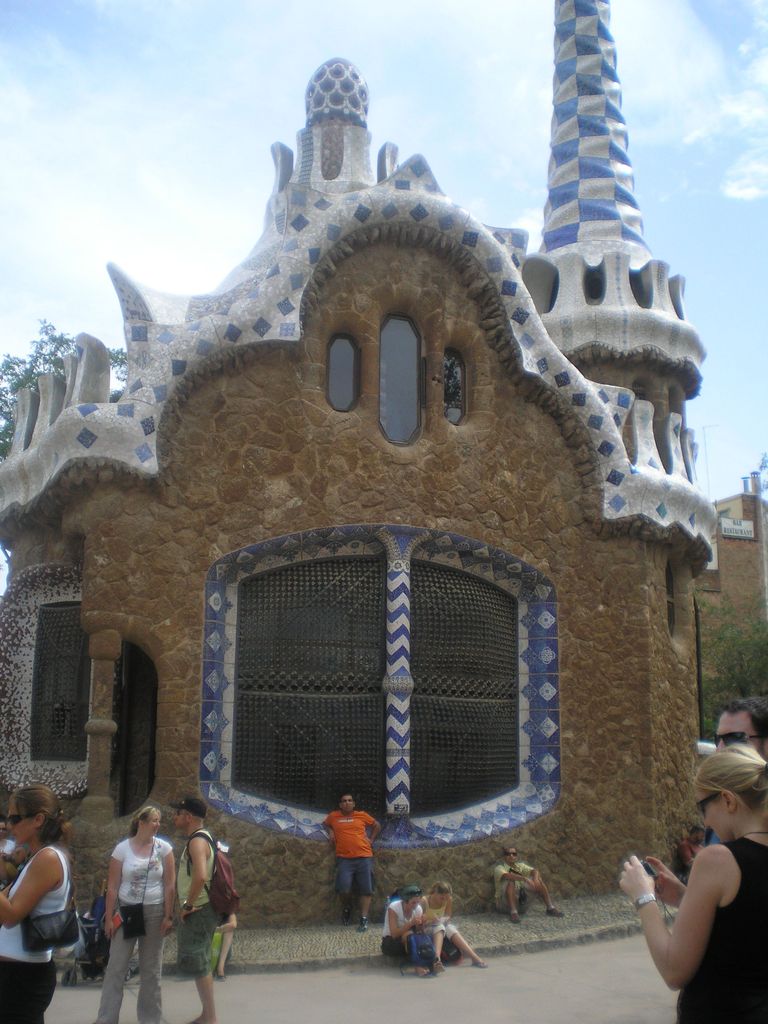
Este emblemático parque de recreación barcelonés,símbolo de la ciudad catalana, acumula ya más de 100 años de historia.
Fuentes, jardines, curvas y colores al mejor estilo Gaudí., el Park Güell es un lugar mágico y peculiar.
Se encuentra en las estribaciones de la sierra de Collserola, en la parte alta o superior de Barcelona.
Debe su nombre al empresario Eusebi Güell que fue quien comisionó la obra a Antoni Gaudí.
Es difícil encontrar un elemento identificativo en el parque. Gaudi hizo uso de su fantasía que representaba una compleja iconografía aplicada al proyecto urbanístico, donde se mezclan elementos que van desde lo religioso hasta la política pasando por la mitología y la historia.
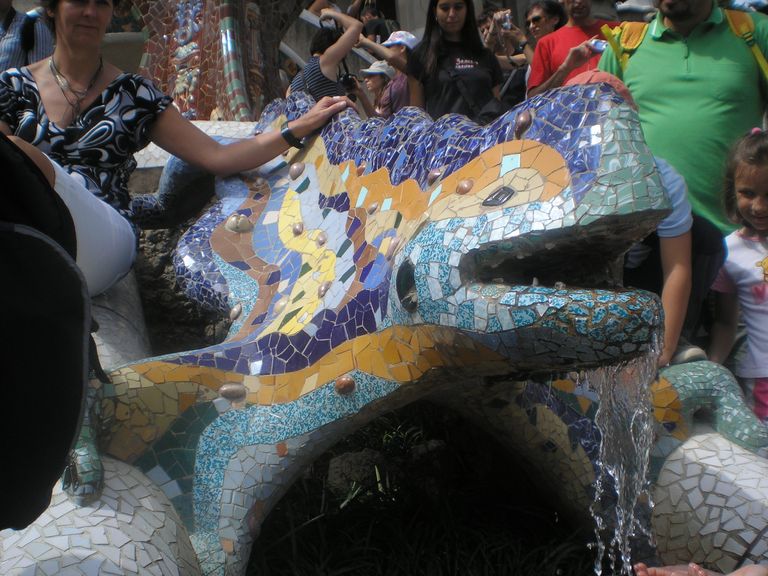
**Until our next tour of the beautiful Catalan capital!
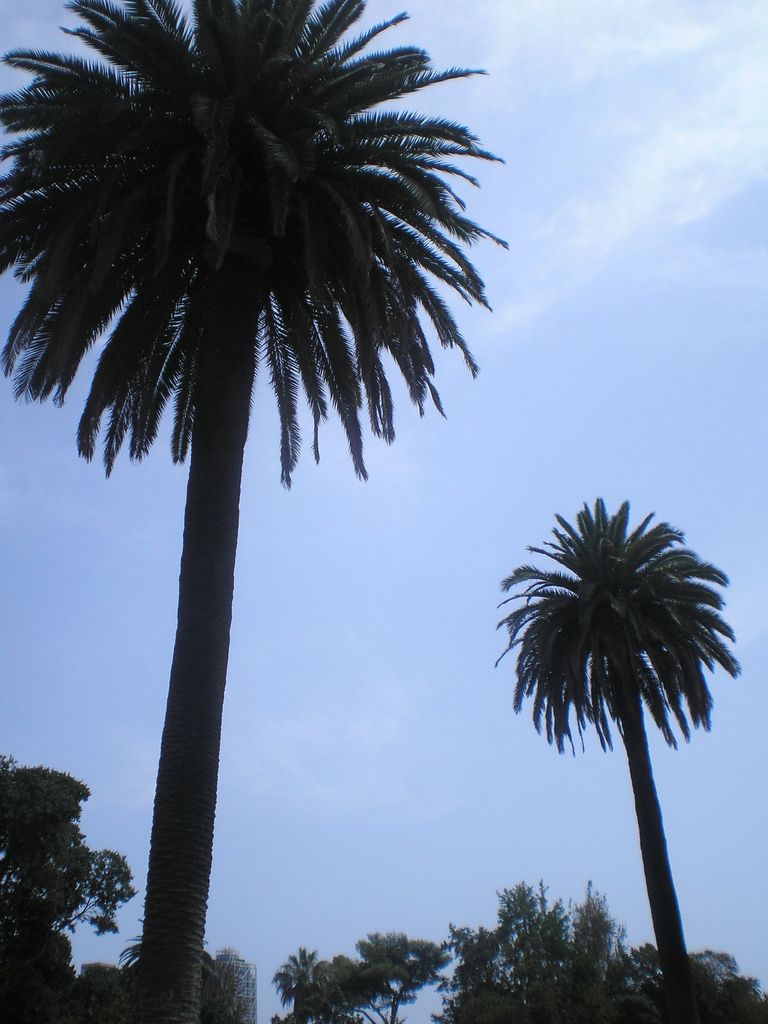
Hasta nuestra próxima recorrida por la hermosa capital catalana!**
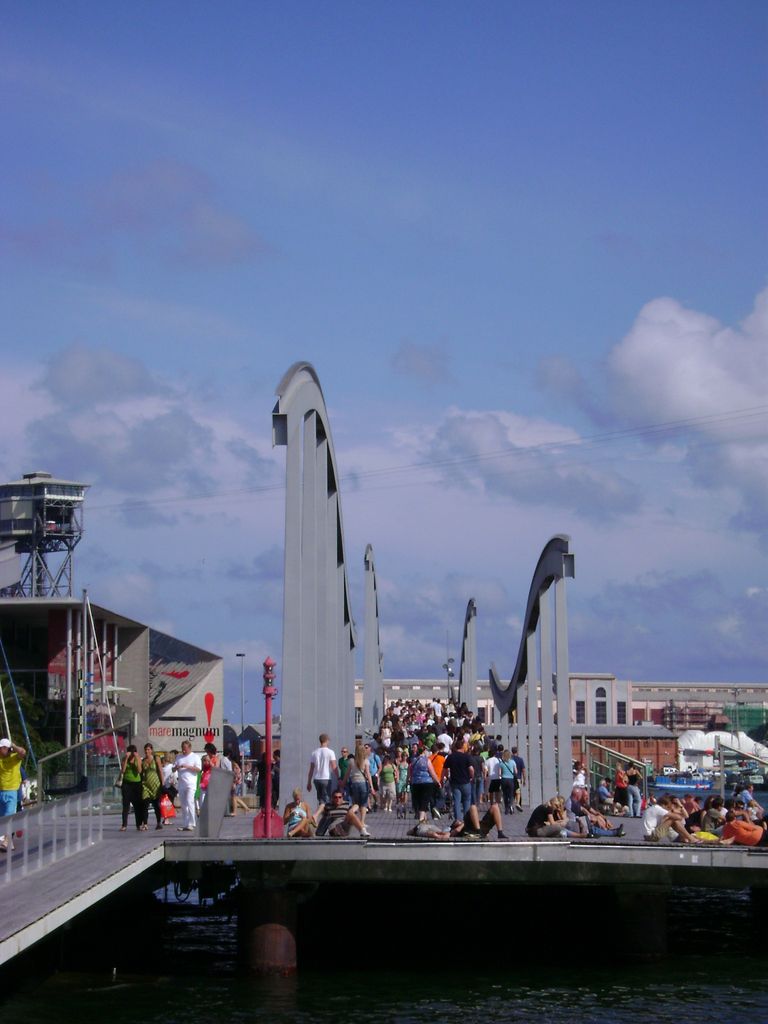
Thanks for reading!!
Gracias por leer!!
These images have been obtained in the European summer of 2018 before the ravages caused by the Covid-19 pandemic at the beginning of 2019. They have probably been published in other media that are obviously my property or used in sponsored posts published on my blogs/web at the request of European marketing agencies I work with in Italy, Spain, France, the United Kingdom and other countries.
Estas imágenes han sido obtenidas en el verano europeo de l 2018 antes de los estragos causados por la pandemia del Covid-19 a inicios de 2019. Han sido probablemente publicadas en otros medios que son obviamente de mi propiedad o utilizados en posts patrocinados publicados en mis blogs/web a pedido de agencias de marketing europeas con las que trabajo en Italia, España, Francia, Reino Unido y otros países.*
| Blogs, Sitios Web y Redes Sociales / Blogs, Webs & Social Networks | Plataformas de Contenidos/ Contents Platforms |
|---|---|
| Mi Blog / My Blog | Los Apuntes de Tux |
| Mi Blog / My Blog | El Mundo de Ubuntu |
| Mi Blog / My Blog | Nel Regno di Linux |
| Mi Blog / My Blog | Linuxlandit & The Conqueror Worm |
| Mi Blog / My Blog | Pianeta Ubuntu |
| Mi Blog / My Blog | Re Ubuntu |
| Mi Blog / My Blog | Nel Regno di Ubuntu |
| Red Social Twitter / Twitter Social Network | @hugorep |
| Blurt Official | Blurt.one | BeBlurt | Blurt Buzz |
|---|---|---|---|
 |  |  |  |

Upvoted. Thank You for sending some of your rewards to @null. Get more BLURT:
@ mariuszkarowski/how-to-get-automatic-upvote-from-my-accounts@ blurtbooster/blurt-booster-introduction-rules-and-guidelines-1699999662965@ nalexadre/blurt-nexus-creating-an-affiliate-account-1700008765859@ kryptodenno - win BLURT POWER delegationNote: This bot will not vote on AI-generated content
Thanks @ctime and curators time.